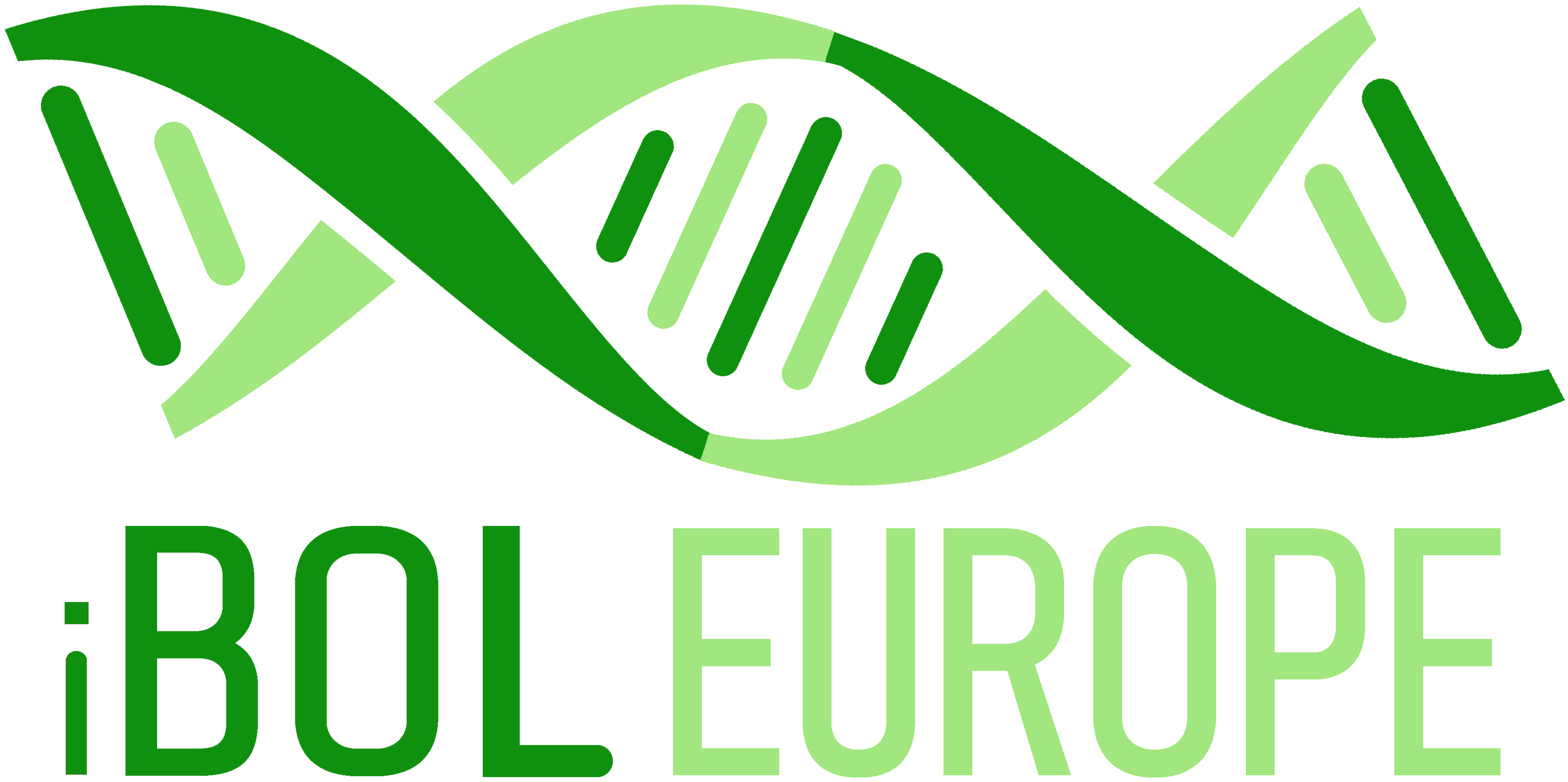Workflows
What is a Workflow?Filters
Name: Matrix multiplication with Files, reproducibility example Contact Person: [email protected] Access Level: public License Agreement: Apache2 Platform: COMPSs
Description
Matrix multiplication is a binary operation that takes a pair of matrices and produces another matrix.
If A is an n×m matrix and B is an m×p matrix, the result AB of their multiplication is an n×p matrix defined only if the number of columns m in A is equal to the number of rows m in B. When multiplying ...
ProGFASTAGen
The ProGFASTAGen (Protein-Graph-FASTA-Generator or ProtGraph-FASTA-Generator) repository contains workflows to generate so-called precursor-specific-FASTAs (using the precursors from MGF-files) including feature-peptides, like VARIANTs or CONFLICTs if desired, or global-FASTAs (as described in ProtGraph). The single workflow scripts have been implemented with Nextflow-DSL-2 ...
Parabricks-Genomics-nf is a GPU-enabled pipeline for alignment and germline short variant calling for short read sequencing data. The pipeline utilises NVIDIA's Clara Parabricks toolkit to dramatically speed up the execution of best practice bioinformatics tools. Currently, this pipeline is configured specifically for NCI's Gadi HPC.
NVIDIA's Clara Parabricks can deliver a significant ...
Library curation BOLD

This repository contains scripts and synonymy data for pipelining the automated curation of BOLD data dumps in BCDM TSV ...
Type: Snakemake
Creators: Rutger Vos, Fabian Deister, Ben Price, Special thanks to Sujeevan Ratnasingham and the team at CBG for the creation of the BCDM data exchange format that this pipeline operates on
Submitter: Rutger Vos
The input to this workflow is a data matrix of gene expression that was collected from a pediatric patient tumor patient from the KidsFirst Common Fund program [1]. The RNA-seq samples are the columns of the matrix, and the rows are the raw expression gene count for all human coding genes (Table 1). This data matrix is fed into TargetRanger [2] to screen for targets which are highly expressed in the tumor but lowly expressed across most healthy human tissues based on gene expression data collected ...
This workflow provides a calculaiton of the power spectrum of Stochastic Gravitational Wave Backgorund (SGWB) from a first-order cosmological phase transition based on the parameterisations of Roper Pol et al. (2023). The power spectrum includes two components: from the sound waves excited by collisions of bubbles of the new phase and from the turbulence that is induced by these collisions.
The cosmological epoch of the phase transition is described by the temperature, T_star and by the number(s) ...
Protein-ligand Docking tutorials using BioExcel Building Blocks (biobb)
This tutorials aim to illustrate the process of protein-ligand docking, step by step, using the BioExcel Building Blocks library (biobb). The particular examples used are based on the Mitogen-activated protein kinase 14 (p38-α) protein (PDB code 3HEC), a well-known Protein Kinase enzyme, in complex with the FDA-approved Imatinib (PDB Ligand code ...
Molecular Structure Checking using BioExcel Building Blocks (biobb)
This tutorial aims to illustrate the process of checking a molecular structure before using it as an input for a Molecular Dynamics simulation. The workflow uses the BioExcel Building Blocks library (biobb). The particular structure used is the crystal structure of human Adenylate Kinase 1A (AK1A), in complex with the AP5A inhibitor (PDB code 1Z83).
**Structure ...
Protein Ligand Complex MD Setup tutorial using BioExcel Building Blocks (biobb)
Based on the official GROMACS tutorial.
This tutorial aims to illustrate the process of setting up a simulation system containing a protein in complex with a ligand, step by step, using the BioExcel Building Blocks library (biobb). The particular example used is the T4 lysozyme L99A/M102Q protein (PDB code 3HTB), in complex with the ...
Mutation Free Energy Calculations using BioExcel Building Blocks (biobb)
Based on the official pmx tutorial.
This tutorial aims to illustrate how to compute a fast-growth mutation free energy calculation, step by step, using the BioExcel Building Blocks library (biobb). The particular example used is the Staphylococcal nuclease protein (PDB code 1STN), a small, minimal protein, appropriate for a short tutorial. ...